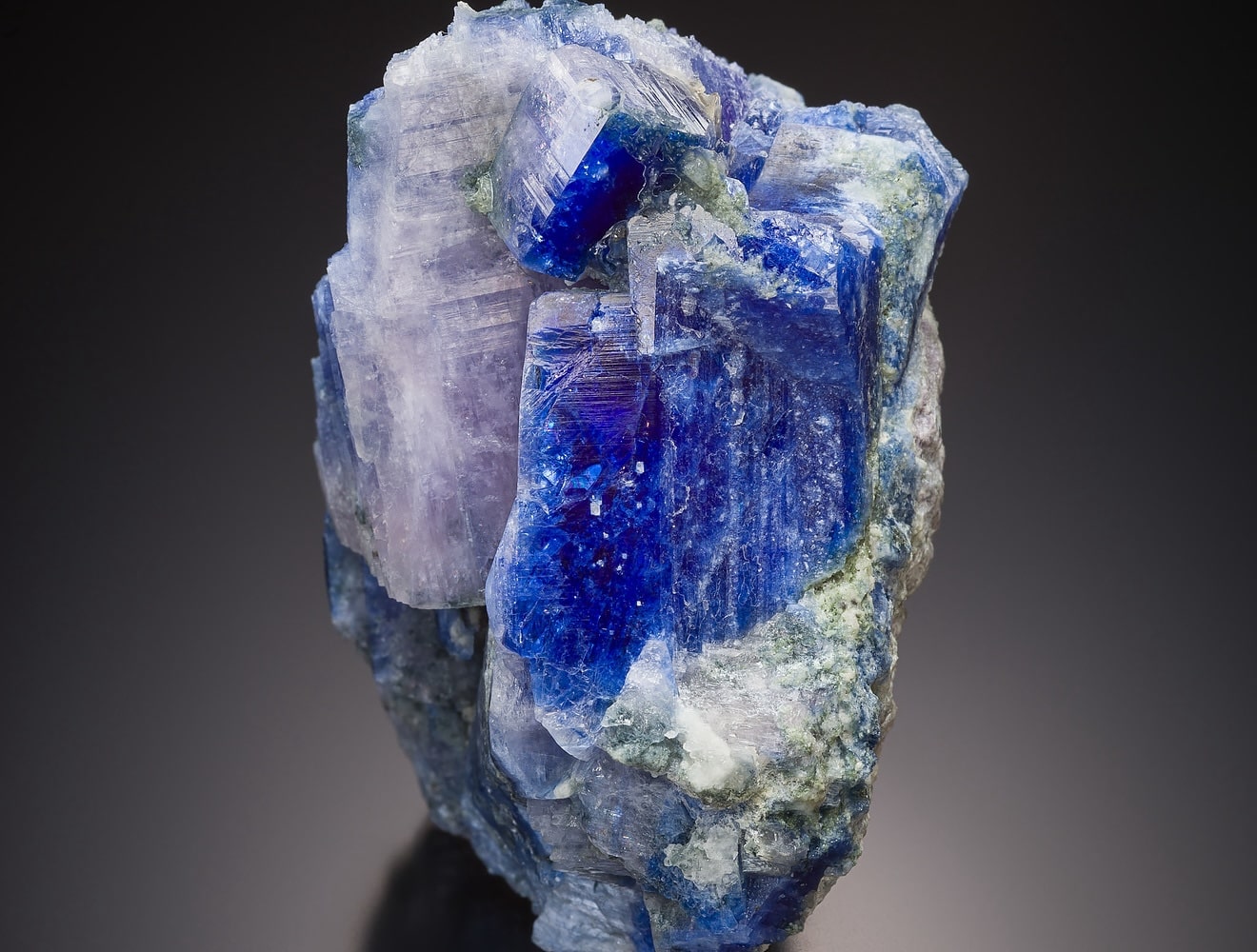
Carletonite is a rare and captivating mineral that has intrigued geologists and collectors alike. Found exclusively in the Poudrette quarry at Mont Saint-Hilaire, Quebec, this mineral boasts a unique combination of blue, white, and pink hues. But what makes Carletonite so special? Its rarity and distinct crystal structure set it apart from other minerals. Named after Carleton University in Ottawa, it was first described in 1969. This mineral is not just a pretty face; it has a complex chemical composition that includes potassium, sodium, calcium, and silicon. Ready to dive into 30 fascinating facts about Carletonite? Let's get started!
Key Takeaways:
- Carletonite is a rare, blue-violet mineral found only in Canada. It glows under UV light and is highly prized by collectors for its beauty and scientific significance.
- With its unique properties and limited supply, Carletonite is a sought-after gem for collectors. Its rarity and captivating blue color make it a valuable addition to any mineral collection.
What is Carletonite?
Carletonite is a rare mineral that captivates geologists and collectors alike. Found in only one location on Earth, this mineral holds many fascinating properties and stories. Let's dive into some intriguing facts about Carletonite.
-
Carletonite is a silicate mineral that belongs to the phyllosilicate group.
-
It was first discovered in 1969 by a team of geologists from Carleton University in Ottawa, Canada.
-
The mineral is named after Carleton University, honoring the institution where it was first identified.
-
Carletonite is found exclusively in the Poudrette Quarry at Mont Saint-Hilaire, Quebec, Canada.
-
Its chemical formula is KNa4Ca4Si8O18(CO3)4(OH,F)·H2O.
-
The mineral exhibits a blue to violet-blue color, making it visually striking.
-
Carletonite can also appear in pink, white, or colorless forms, though these are less common.
-
It has a vitreous to pearly luster, giving it a shiny appearance.
-
The mineral's hardness on the Mohs scale is between 4 and 4.5, making it relatively soft.
-
Carletonite has a perfect cleavage in one direction, meaning it can easily split along a flat plane.
Unique Properties of Carletonite
Carletonite's unique properties make it a subject of interest for both scientific study and collection. Here are some more detailed facts about its characteristics.
-
It has a hexagonal crystal system, meaning its crystals form in a six-sided structure.
-
The mineral often forms tabular crystals, which are flat and plate-like in shape.
-
Carletonite is fluorescent, glowing under ultraviolet light, which adds to its allure for collectors.
-
It has a specific gravity of about 2.45, indicating it is relatively light for a mineral.
-
The mineral is often found in association with other rare minerals like serandite, pectolite, and sodalite.
-
Carletonite's transparency ranges from transparent to translucent, allowing light to pass through it to varying degrees.
-
The mineral's refractive index is approximately 1.52, which measures how much it bends light.
-
Carletonite contains carbonate groups in its structure, which is unusual for silicate minerals.
-
It is sensitive to acid, which can cause it to dissolve or alter its appearance.
-
Carletonite is often used in gemology for educational purposes due to its rarity and unique properties.
Carletonite in the World of Collecting
Collectors highly prize Carletonite for its rarity and beauty. Here are some facts about its place in the world of mineral collecting.
-
Specimens of Carletonite can fetch high prices due to their scarcity and aesthetic appeal.
-
The Poudrette Quarry, the only known source, has restricted access, making new finds increasingly rare.
-
Carletonite is often sold in small, polished pieces for jewelry, though its softness limits its use.
-
The mineral is a favorite among collectors of fluorescent minerals due to its glowing properties under UV light.
-
Carletonite specimens are often displayed in museums and private collections around the world.
-
The mineral's unique blue color is often compared to that of lapis lazuli, another prized blue mineral.
-
Carletonite is sometimes mistaken for other blue minerals like afghanite or lazurite, but its unique properties set it apart.
-
Collectors often seek out Carletonite for its scientific significance as well as its beauty.
-
The mineral's rarity means that authenticity is crucial, and buyers should seek reputable sources.
-
Carletonite's discovery and subsequent study have contributed to a greater understanding of the geology of Mont Saint-Hilaire and the unique conditions that produce such rare minerals.
Carletonite's Unique Charm
Carletonite, a rare and captivating mineral, holds a special place in the world of geology. Found only in Quebec's Poudrette quarry, its striking blue hues and complex crystal structure make it a collector's dream. This mineral's rarity stems from its unique formation conditions, requiring a precise mix of elements and environmental factors.
Beyond its beauty, carletonite offers insights into Earth's geological processes. Its discovery in the 1960s added a new chapter to mineralogy, showcasing nature's ability to create stunning and intricate structures. For enthusiasts and scientists alike, carletonite represents both a visual marvel and a scientific puzzle.
Whether you're a seasoned collector or just curious about the natural world, carletonite's allure is undeniable. Its story reminds us of the endless wonders hidden within our planet, waiting to be uncovered and appreciated.
Frequently Asked Questions
Was this page helpful?
Our commitment to delivering trustworthy and engaging content is at the heart of what we do. Each fact on our site is contributed by real users like you, bringing a wealth of diverse insights and information. To ensure the highest standards of accuracy and reliability, our dedicated editors meticulously review each submission. This process guarantees that the facts we share are not only fascinating but also credible. Trust in our commitment to quality and authenticity as you explore and learn with us.


